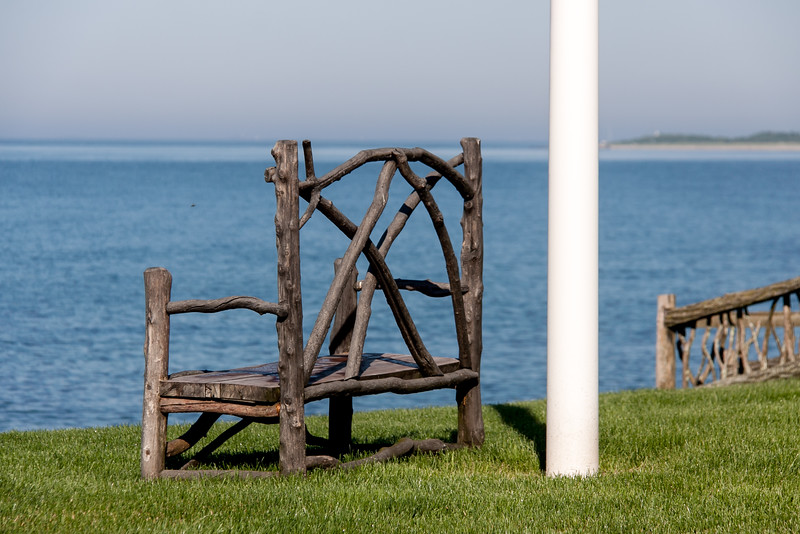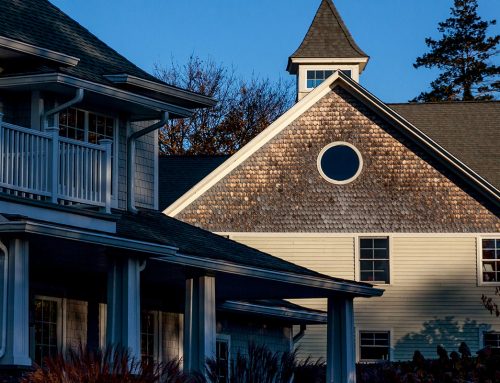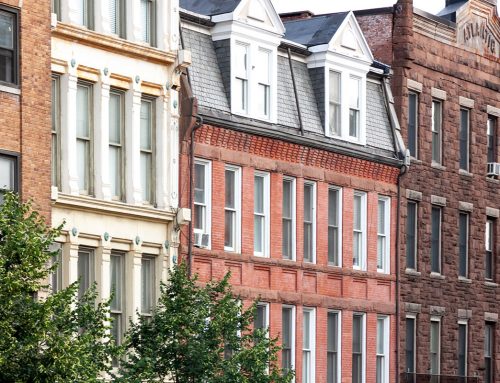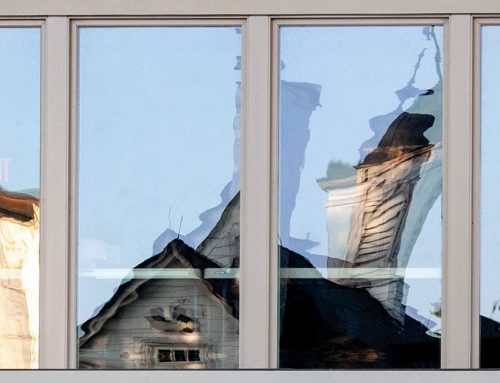When you buy a house in a new subdivision or planned unit development, you may be subject to a host of rules and regulations.
When you buy a home in a new subdivision, common interest development (CID), planned unit development (PUD), or co-op, chances are good that you also automatically become a member of an exclusive club — the homeowners’ association. The club’s members include all the people who own homes in the same development.
The homeowners’ association will probably exercise a lot of control over how you use your property.
CC&Rs
The transfer deeds to houses in new developments almost always include limitations on how the property can be used. Usually these limitations — called covenants, conditions, and restrictions (CC&Rs) — put decision-making rights into the hands of the homeowners’ association.
Some associations enforce every rule with the enthusiasm of a military drill sergeant; others are run in a more relaxed way. Most associations try to make decisions that will enhance the value of the houses.
Make sure the CC&Rs are compatible with your lifestyle. CC&Rs commonly limit the color or colors you can paint your house (often brown or gray), the color of the curtains or blinds visible from the street (usually white), and even the type of front yard landscaping you can do.
Some CC&Rs go on to require that garages facing the street be kept neat, insist that laundry be dried indoors rather than hung on a line, prohibit basketball hoops in the driveway or front yard, and prohibit parking RVs or boats in the driveway. See the list below for more examples of the excruciating detail with which many homeowners’ associations regulate members’ everyday lives.
Read the CC&Rs carefully before you buy, and if you don’t understand something, ask for more information, and seek legal advice if necessary.
Once you’ve moved in, getting relief from overly restrictive CC&Rs isn’t easy. You’ll likely have to submit an application (with fee) for a variance, get your neighbors’ permission, and possibly go through a formal hearing. And if you want to make a structural change to your house, such as building a fence or adding a room, you’ll likely need formal permission from the association (on top of having to comply with city zoning rules).
Maintenance Fees
Homeowners’ associations can usually require members to pay fees for common property maintenance. The fees can run particularly high if the development has a pool, golf course, or other recreational facility. Many homeowners’ associations let their boards raise regular assessments up to 20% per year and levy additional special assessments with no membership vote for capital improvements like a new roof.
If you’re on a tight budget, check the homeowners’ association membership fee and how easy it is for the board to increase the amount. Also, if parts of the development have been occupied for awhile, attend a homeowners’ association










